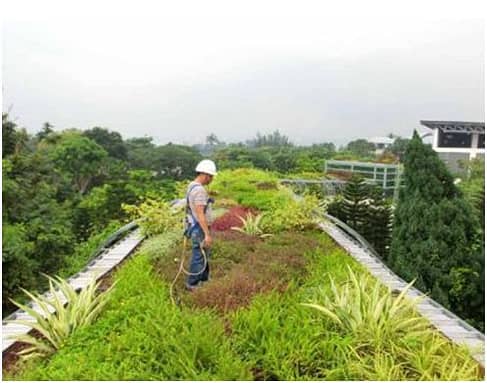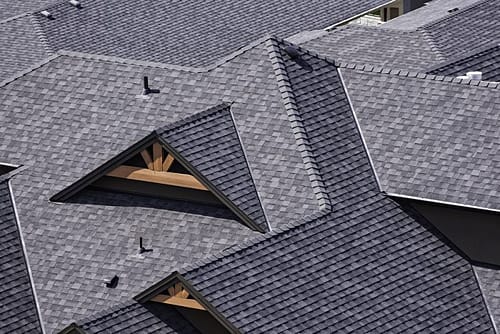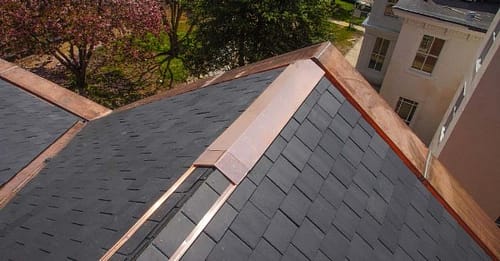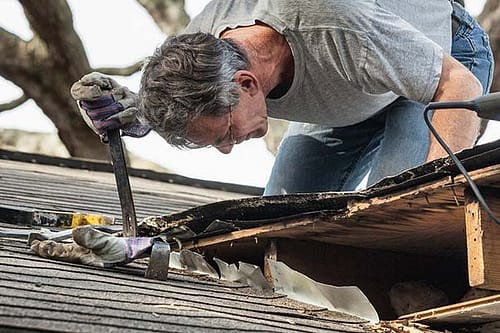Lightweight solution and easy installation are the merits of the galvanized steel tiles and it is suitable for any type of roof.
The industry also offers a wide range of coating possibilities for base tile steel, which must be specified according to the durability, aesthetics, and aggressiveness of the environment.
Ultraviolet radiation, sudden changes in temperature, hail and acid rain are examples of phenomena that affect the material and erode the protection of galvanized steel tiles. The steelmakers develop graphs that show the loss of zinc coating on the steel roofs over time. The values are different for coastal, urban and industrial environments.
After the steel roofs are exposed to weather conditions for a long time, the tiles need to be restored or recovered. The first alternative involves investing in a new product, transporting it to the venture, hiring labor, and the inconvenience of leaving the roof uncovered for some time. The second option is roof restoration which usually has lower costs and runs faster.
Rust removal:
Rust is one of the most common situations in galvanized steel tiles and may be induced by certain actions such as the improper installation of lightning rods or other objects on the roof. These materials may rub against the tile, scraping the tile or causing electrolyte corrosion. They also create crumpled surfaces that create depressions that accumulate water.
To determine if a rusty tile is worth recovering or restoring, you must check the color of the rust. If it is red, it is a sign that the paint and zinc are worn and the steel is already being damaged. The extent of oxidation also needs to be taken into account, since if it is too large, recovery will not be economically attractive. So it must be restored.
For removal of red rust, the part must be treated with a wire brush. Afterward, the surface must be thoroughly cleaned with a damp cloth and sanded, you must remove if any traces of oxidation exists. Finally, the tile must have its galvanization recovered and paint redone. There are also many commercial roofing company who does this for you if you feel that removing red rusts are very difficult, you can simply hire them or you can also do it on your own if that’s not a big deal for you.
If there is white rust then there is a less serious situation. The treatment of white rust involves the use of chemical solutions based on acids or ammonium hydroxide. The part which consists of rust must be completely dry, then the substance is brushed and it needs to act for 10 or 15 minutes. After this period, the tile is rinsed with plenty of water and then needs to be dried.
Zinc coating:
After rust treatment, it is essential to perform the restoration of the zinc coating by applying proper paint. This procedure is called as cold galvanizing. It should be performed with clean and dry tiles.
During paint application, special attention must be given to the areas under the sheet coatings, since they tend to have intense oxidation than those exposed to ventilation and direct sunlight.
Painting:
Zinc-rich paint can be used as a final coating. Usually, the tile gets a second coat of paint. The best option for this type of finish is using the two-component aliphatic polyurethane, which has high durability and is available in different colors. The product should be mixed with the solvent, in the proportion indicated by the manufacturer, and is applied using a brush, roller or gun.
The industry also offers pre-painted tiles made from steel coils painted by the coil-coating process – specialized inks are applied to the steel or aluminum coil before the final products are manufactured. This procedure offered high resistance to solar radiation and increased tile durability.
Cut out:
When galvanized steel tiles need to be cut, it is important to use a wide crepe tape to protect the pre-painted coating. The film has to be fixed in the area where the separation will be made, and the line that will guide the cut must be made over the tape. The most suitable tool for the job is the electric rodent, but a jigsaw or hand saw can also be used but always be equipped with metal-specific blades.
All the resulting residues of steel needs to be brushed off with soft-haired brushed so that they do not cause any strain to the tile surface or cause rust spots.
Sealing:
The tightness of the system is ensured by the correct specification and installation of accessories. Different ridges, bluffs, and gutters are used in accordance with the type of tile and water evacuation system. Already the special ends prevent infiltration and block the entry of birds and insects inside the building. So there is no need to use waterproofing systems on steel tiles.
Cleaning:
The cleaning procedure should start with the removal of foreign objects and other particulate materials using a soft bristle broom. At this stage, care should be taken to ensure that debris does not fall into gutters or rainwater runners, clogging them.
The washing can be done with a pressure machine or with a simple nozzle using a neutral detergent. On the other hand, solvents, acidic or abrasive products should be avoided. If traces of paint are torn off during cleaning, don’t panic. This is normal as it is the sun-calcined paint that tears away and it is similar to the paint that comes out of the car when polishing.




